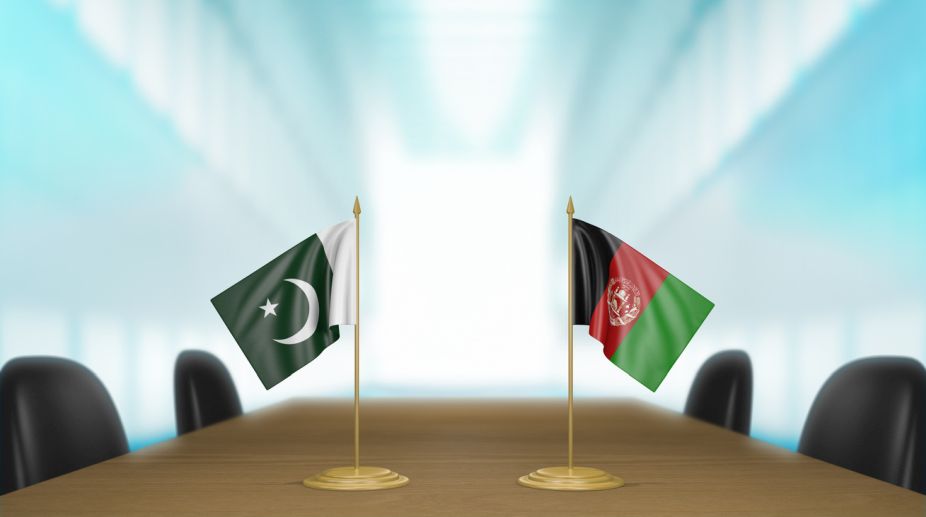Dr Shabana Safdar Khan
The latest warning from the Pakistan Meteorological Department (PMD) about an impending drought across Sindh, Balochistan, and southern Punjab is not just another climate advisory; it is a stark wake-up call that demands immediate and decisive action. With rainfall in Sindh already 62% below normal and Balochistan following closely behind, large swathes of the country are now on the brink of an escalating dry spell that threatens to spiral into a full-blown resource crisis.
Across numerous districts, conditions have deteriorated alarmingly. In some areas, there have been over 200 consecutive dry days, dam levels are dangerously close to their lowest capacity, and rising topsoil temperatures are exacerbating the already dire situation. What we are facing is not a distant possibility, but a slow-motion disaster that is already unfolding before our eyes.
The situation is growing more critical by the day. The country’s vital irrigation systems, which rely heavily on the Tarbela and Mangla dams, are hovering at dangerously low levels. These two dams, which are central to the country’s agricultural stability, are nearing dead storage levels – meaning they are at or near the point where they can no longer provide adequate water for irrigation. In the southern half of Pakistan, average temperatures have been 2 to 3 degrees Celsius higher than normal, accelerating evaporation rates and further draining already limited water supplies.
The effects of this drought will be felt most acutely in Pakistan’s agriculture sector, which is the backbone of the country’s economy and the livelihood of millions. Reduced rainfall, shrinking groundwater resources, and increasing soil stress will have devastating consequences for crop yields. Given that agriculture sustains a large portion of the population, the impact on rural livelihoods will be severe. Yet, despite these warning signs, the official response has been underwhelming. The provincial disaster management authority in Punjab has already identified several drought-prone districts such as Bahawalpur, Bahawalnagar, and Rahim Yar Khan, but the response remains largely framed in terms of “preparedness,” not urgent mobilization.
What Pakistan is facing is not just a weather anomaly; it is a resource crisis that threatens food security, livelihoods, and national stability. Authorities must acknowledge the gravity of the situation and take swift, bold action. The business-as-usual approach is no longer acceptable, as it is a dangerous mismatch with the urgency of the crisis at hand. Immediate measures are required to mitigate the damage and prevent further escalation.
These measures must include rationing irrigation water to ensure that available resources are used efficiently, accelerating the repair and maintenance of leaking water canals to reduce wastage, and enforcing stricter regulations on groundwater usage to prevent over-extraction. Public awareness campaigns on water conservation must also be launched to engage citizens in collective action to reduce consumption.
However, these actions must go beyond just immediate water-saving measures. Policymakers must recognize the full scope of the challenge and respond accordingly with the seriousness the situation deserves.
Pl subscribe to the YouTube channel of republicpolicy.com for quality podcasts:
Urban centers such as Karachi, Hyderabad, and Quetta, which are already grappling with overpopulation and strained resources, will face even greater pressures as rural shortages force people to migrate inward. These cities must not remain passive observers in this crisis. Now is the time to fast-track investments in technologies such as desalination, grey water recycling, and public-private partnerships to retrofit and upgrade outdated water infrastructure systems. The political cost of delaying these investments will be far greater in the long term, as urban areas will soon bear the brunt of water shortages that will ripple out from the countryside.
This is not a crisis that any single province can tackle alone. The severity of the situation calls for a national response that coordinates efforts across all levels of government and involves all stakeholders. The long-standing water-sharing disputes between provinces must give way to collaborative, unified planning. Now is the time to set aside political differences and focus on a collective strategy that prioritizes the survival and well-being of all Pakistanis.
A national drought response task force must be established immediately, one that is empowered with the resources and authority to act decisively. This task force should focus on addressing the root causes of the crisis, coordinating relief efforts, and ensuring that water resources are distributed equitably across the country.
Climate change is no longer a distant threat; it is here, shaping Pakistan’s reality in the form of extreme weather events, failing harvests, and shrinking natural resources. If Pakistan continues to treat climate-related disasters as isolated events, the response will always be too slow, too late, and ultimately inadequate. The current drought warning from the PMD should be the catalyst for long-term planning and climate adaptation strategies.
The government must move beyond short-term crisis management and embrace long-term solutions that address the root causes of resource depletion and vulnerability to climate shocks. This includes investing in sustainable agricultural practices, improving water storage and management infrastructure, and promoting alternative livelihoods for rural communities that are dependent on agriculture.
The PMD’s latest drought warning is clear and unequivocal: Pakistan is facing an impending crisis, and the time to act is now. The question is whether the authorities will rise to the occasion and take the necessary steps to address the growing water shortage before it becomes an even bigger catastrophe. The stakes are high, and the need for a coordinated, urgent response has never been greater.
The government must recognize that this is not just a regional issue but a national and global challenge that requires comprehensive, immediate, and sustained action. The political cost of inaction will be felt by all sectors of society, and the future stability of the country depends on how effectively these challenges are managed. The time for talk is over – it’s time for action.

















